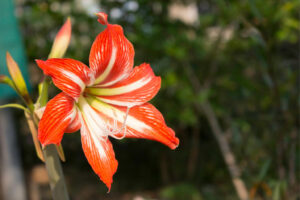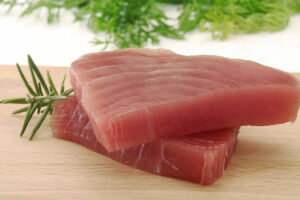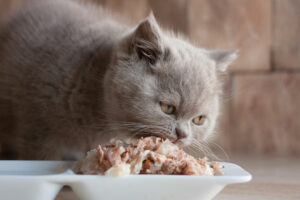5 warning signs of child neglect

Parents and caregivers play a vital role in children’s lives by helping them manage behavior and positively cope with emotions. The type of care that children receive helps shape their attitude toward others. Various situations at home, including neglect, can have a negative influence on a child’s behavior and development and how they interact with people around them. A few common warning signs that point toward child neglect are discussed below:
- Poor hygiene
The most common warning sign indicating child neglect is a lack of proper hygiene. Children may show up at school or elsewhere wearing unwashed or messy clothes. They might also have poor oral hygiene and have unkempt nails and hair or wear clothes that are inappropriate for the weather. Additionally, toddlers or infants subject to neglect can suffer from frequent diaper rashes. This happens when parents or caregivers don’t properly wash reusable diapers, clean their children after changing them, or keep dirty diapers on for too long. Not changing diapers on time can cause diaper rashes that can develop into thrush and other severe infections, which sometimes don’t respond to treatment.
- Lack of participation
Sometimes neglected children may struggle to participate in school activities because of a lack of confidence. Inadequate affection and attention may cause low self-esteem, deterring them from participating in extracurricular activities and classroom banter. For example, they might have difficulty joining a group for a group activity or might feel hesitation in participating in a team sport. This may happen even if they are well-versed in a particular subject or enjoy that particular activity or sport.
- Drop in academic performance
Children who are neglected could end up not having a regular sleep schedule and this could reflect in their academic and social performance at school. Not having a curfew or bedtime routine could interfere with their sleep cycle and cause them to be constantly fatigued or fall asleep during school hours. Children who do not get sufficient sleep and rest can find studying and focusing on an assigned task challenging, ultimately reflecting negatively on their school performance. Furthermore, parental absenteeism or lack of supervision with homework or assignments can result in poor performance in school.
- Difficulties in social situations and temper issues
Another common sign of child neglect is social difficulty and the struggle they experience to connect and communicate with their peers. Children could become volatile, belligerent, or find it hard to regulate their emotions, especially if they have parents or caregivers who don’t show them affection, emotionally support them or give them attention at home. They might lash out at their parents, teachers, or classmates over minor inconveniences.
- Complications with health and development
Children who experience neglect could develop several health problems. These include loss of muscle mass and weaker joints caused by poor eating habits. They might also get frequent infections and develop complications like anemia and dental issues due to a lack of nutrition. Children neglected at home may experience skin issues like rashes, sores, flea bites, scabies, and ringworms caused by poor hygiene. A few other signs would be untreated injuries, and difficulties with development, such as poor language or social skills and growth problems.
Preventing child neglect
Studies show that over four million children in the country are neglected by their parents or caregivers. There are various humanitarian organizations that help people do their part in helping children who are in need of care. One way of coming to their aid is by donating to reputed and vetted charitable organizations. These organizations offer direct services and consultations to children in need. Such groups conduct research and offer professional advocacy, training, and support to service providers, policymakers, and families to reduce the number of cases of child neglect. People who wish to donate to these organizations can look for one in their area or check online. They can also register with organizations that allow individuals to volunteer at care centers to offer critical support to those in need of support.



